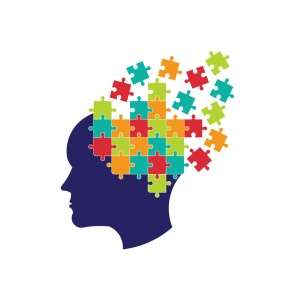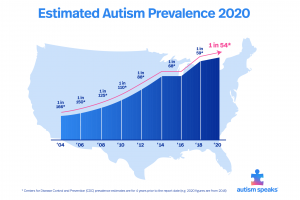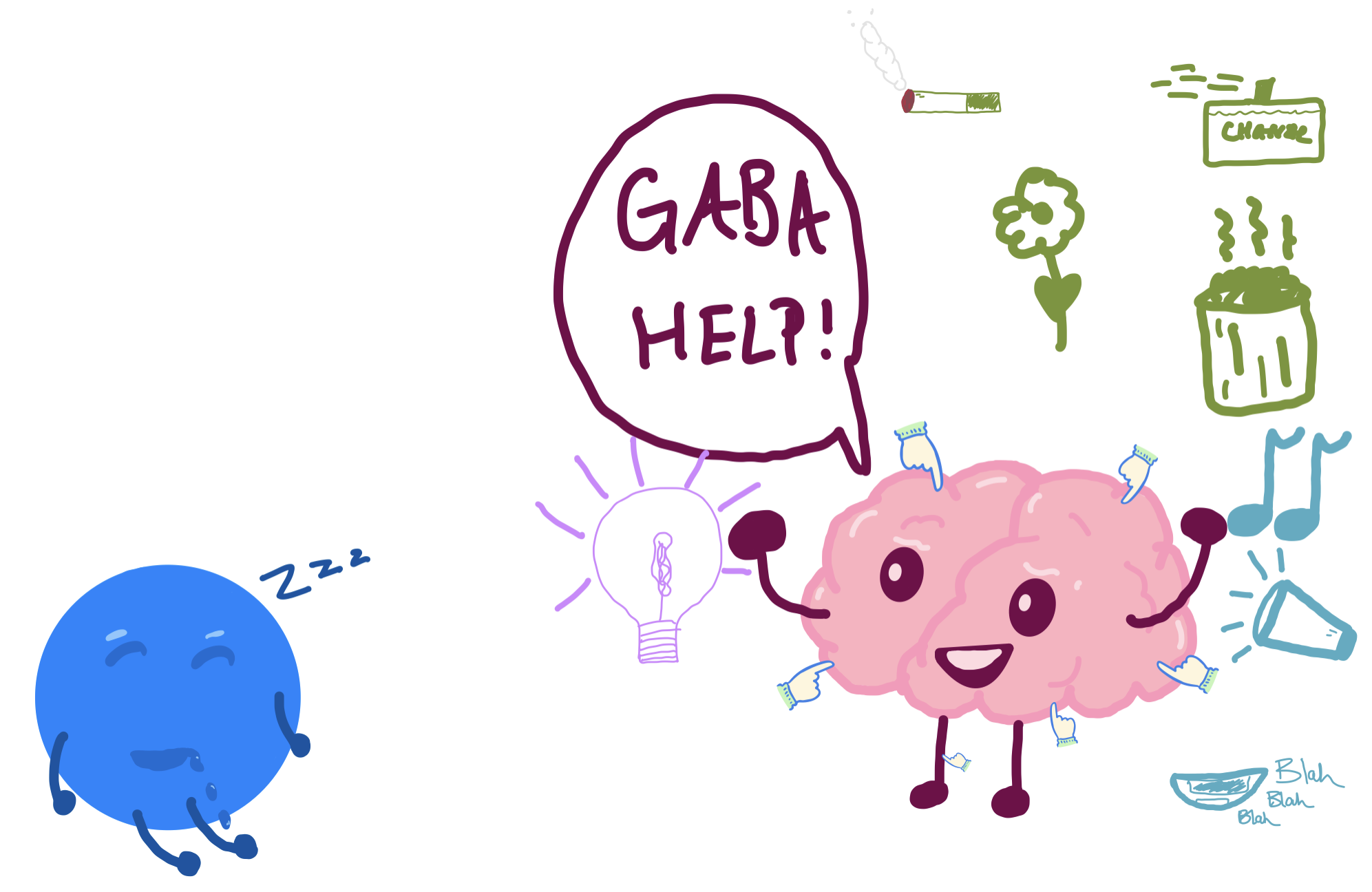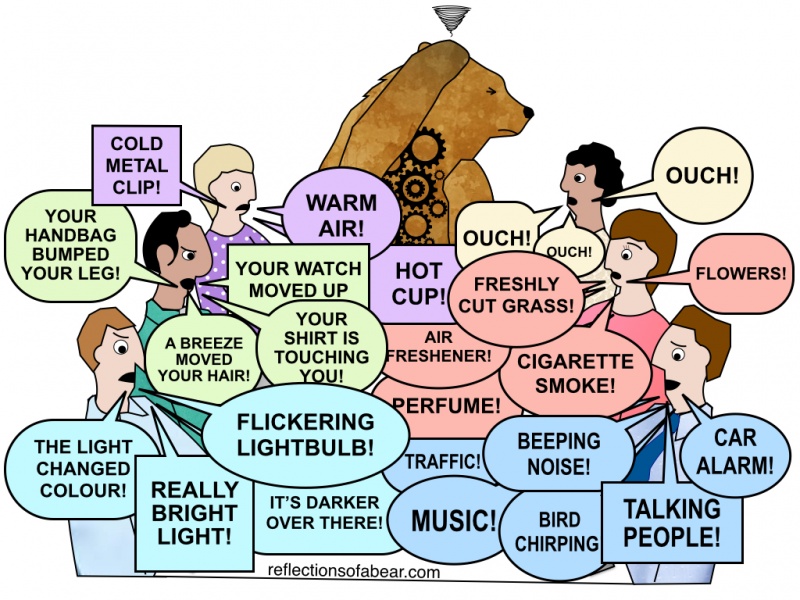The Basics

Autism spectrum disorder (ASD) is a developmental disorder that causes slight to significant social, communication, and behavioral challenges. Individuals with ASD are just like you and I but they have troubles interacting and communicating with others, behaving in accordance with social norms, and learning information and skills. There is no medical test to diagnose ASD, instead the doctor must look at the individual’s behavior and development. ASD can be detected 18 months or younger and by age 2 an autism diagnosis is very reliable for a child.
Treatment
There is no cure for ASD, but early intervention treatment services can improve a child’s development and aid them in leading a successful life. These services include, physical therapy, speech therapy, education to help the child learn life skills, and more. Some ASD individuals may be prescribed a medication to treat symptoms common to the diagnosis such as aggression, hyperactivity, anxiety, attention problems, and attention problems.
Causes
The causes of ASD are not well cataloged, however, researchers believe there are likely many causes for ASD. An example of a possible biological factor is the mother taking the prescription drugs valproic acid or thalidomide. Genetic factors include having a sibling with ASD, chromosomal conditions, or genetic defects in certain genes, and children born to older parents are at a greater risk for having ASD.
Those Affected

ASD occurs in all racial, ethnic, and socioeconomic groups. Males are four times more likely to have autism compared to females. In 2020, the CDC reported that approximately 1 in 54 children in the U.S. were diagnosed with ASD as seen in figure 2. Most children are diagnosed after the age of four. 31% of children with ASD have an intellectual disability, characterized has an IQ of less than 70. There is not one type of autism, but many.
Sensory Processing in ASD
Many children with ASD have trouble sensory processing.
Studies
Previous research has showed that 45-95% of ASD individuals have atypical sensory processing including aversions to taste, smell, colors, sound, and/or texture. Parents and clinicians of ASD children frequently report the child being overly selective in their eating patterns. A study conducted at the Journal of Autism and Developmental Disorders, expanded on the food sensitivity of ASD children. Their data found that 66% of ASD diagnosed children were atypical based on their oral sensory oversensitivity scores. They concluded that children with ASD are more likely than typically developing children to score in the atypical range for both oral sensory sensitivity and oral sensory oversensitivity.
Another study with researchers Crane, Goddard, and Pring, used the Adult/Adolescent Sensory profile to assess sensory processing in a sample of ASD individuals. The results showed 94.4% of the ASD sample reported extreme levels of sensory processing on at least one sensory quadrant of the assessment.
Why?
There is no definite reason to why persons diagnosed with ASD have sensory processing dysfunctions, but it increasingly clear that it is a key symptom of the disorder. However, research is actively searching the answer.

GABA
GABA is the main inhibitory neurotransmitter in the human brain and plays a key role in touch. Studies have found that children with ASD show reduced levels of GABA, specifically in the sensorimotor areas of the brain. Lower GABA levels were associate with less “filtering” of touch information during the study. Thus, decreased GABA levels could be connected to the impaired tactile processing of ASD children. Another study found that self-reported hypersensitivity correlated with reduced GABA levels in brain areas processing touch. This information gives evidence that the neurotransmitter GABA may play a role in the processing dysfunction of ASD.
Importance

While, we may not be certain on the cause of Autism Spectrum Disorder we can be certain that this disorder warrants a lot of empathy. In the featured image, you see a bear at a table with all the receptors of his senses: photo, mechano, thermo, noci, chemo, and auditory. However, you cannot even see the table because of the amount of things these receptors are recognizing. This is what the brain of an ASD individual may look like when their senses are overloaded and they do not have the capabilities to shut any off. If this were you, you would probably showcase some of the behaviors typical of ASD, like rocking, spinning, irritability, anxiety, fear, etc. A typically developing individual will have a table like Figure 3, with receptors being calm and orderly. Be grateful if your table looks like this and be empathetic to those with a little more caos.
References:
https://reflectionsofabear.com/2015/09/14/warning-warning-sensory-overload/
https://doi.org/10.1177/1362361309103794
